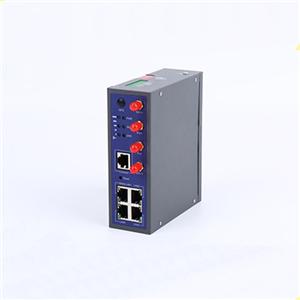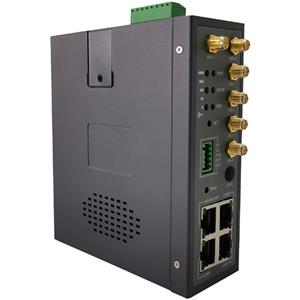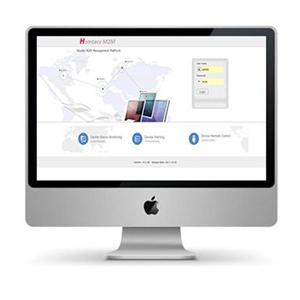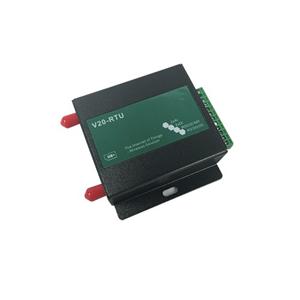Challenges in Internet of Things
Challenges in Internet of Things
The life of the Internet of Everything is becoming a reality, but if we really want to effectively connect tens of billions of equipment, we must solve the mountain in front of us. Otherwise, it will be a chaos.

IoT can't be blindly optimistic, but also need to solve the standard chaos
According to a data given by NetApp, the Asia-Pacific region is expected to have 8.6 billion Internet of Things (IoT) devices by 2020, and by 2025 will become the largest region of the world's 5G network, with 5G connections reaching 675 million. To take full advantage of the massive amounts of data generated, companies must have the ability to process data at the edge to gain insight and make real-time decisions.
At first, the Internet of Things was known based on RFID (Radio Frequency Identification) technology, which can identify specific targets and read and write related data through radio signals without the need to identify mechanical or optical contact between the system and a specific target. Distance identification communication. Today, NB-IoT (narrowband Internet of Things) has become synonymous with the promotion of Internet of Things technology.
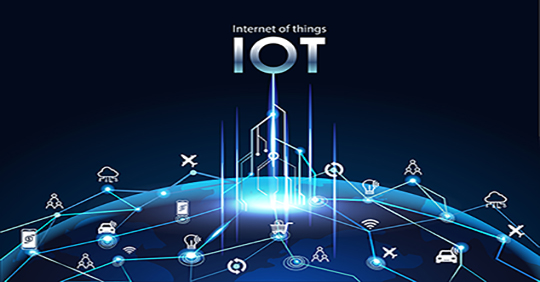
The difference in the Internet of Things is that the machine dominates, and the terminal device can sense, process, and reproduce the data collected from the outside world, and fully realize the automation. This is also the reason why the Internet of Things cannot be separated from intelligence. The data exchange between people and things, things and things, such as the increase in production efficiency, or the reduction of manufacturing costs, these are the new value brought by the Internet of Things. But the core of the Internet of Things is still connected, and there are many communication protocol standards.
For example, IPv6 version 6LoWPAN from ZigBee is a low-power personal area network standard. LoRa is a dedicated wireless communication technology for implementing low-power WAN. It competes with Sigfox, which is dedicated to narrowband low-power. The technology is consumed, and it is hoped that as an operator, it will provide on-demand services for enterprises. Thread is a low-power network protocol, led by Nest Labs, and belongs to Google. Similar properties are Weave, which is the software layer designed by Google and Nest for smart home. In addition, IoTivity, an open source project jointly contributed by Microsoft, Intel, Qualcomm and LG, is also aimed at the software layer.
What can be seen is that both hardware and software vendors such as Apple and Google, as well as chip manufacturers, are actively participating in the construction of Internet of Things standards, and the interoperability between them has become a prerequisite for the rapid development of this market. . If these large-scale IoT devices cannot be connected, it will be difficult to form economies of scale, and so-called business models and ecological nature will not be discussed.
Considering that the device form and function of the Internet of Things are very strange, from the terminal, wireless access, gateway, to the cloud platform, the operating system used by many devices is not uniform, not customized or non-standard, invisible for operation and maintenance. The burden of personnel has increased, which has also caused security problems.
Trojan viruses usually find their own nodes in the form of crawlers, and then crack the security holes of wireless devices such as routers. It should be noted that some software vendors and chip vendors provide technical support for a period of time, or the subsequent price increases due to the addition of additional services, so that the profits left to the equipment vendors themselves are not much, they will not Put more energy into safety.
There is no “one” vendor responsible for the enterprise's IoT solution. Of course, the term “one” refers to an integrated security solution provider. In fact, in the process of deploying IoT facilities, enterprises often cannot control the source and quality of hardware and software used by these smart connected devices. Networked devices that exist in different IT environments are mostly "assembled" by different vendors, and the providers of hardware, software, and components are different. One of the dilemmas caused by this situation is that sometimes the upgrade of the chip can be upgraded without corresponding software upgrades, and the components are not supported when the security patch is updated.
In addition, the amount of data growth brought by the Internet of Things is exponential. Not to mention that there are a few companies with large data centers like Google and Facebook. It is difficult to store these data in real time and store it for a long time. The remote data retrieval of the front and back ends is also a test for the channel, and the administrator has to identify the access rights.
The connection of the Internet of Things is not only the network level, it should be the connection ecology and standards, but sometimes the ecological growth will not become the standard standard. Apple and Google will turn their own standards into large market share. The market standard.
Here is Homtecs low cost iot router:
H20 Ruggedized Industrail Wireless VPN Router

